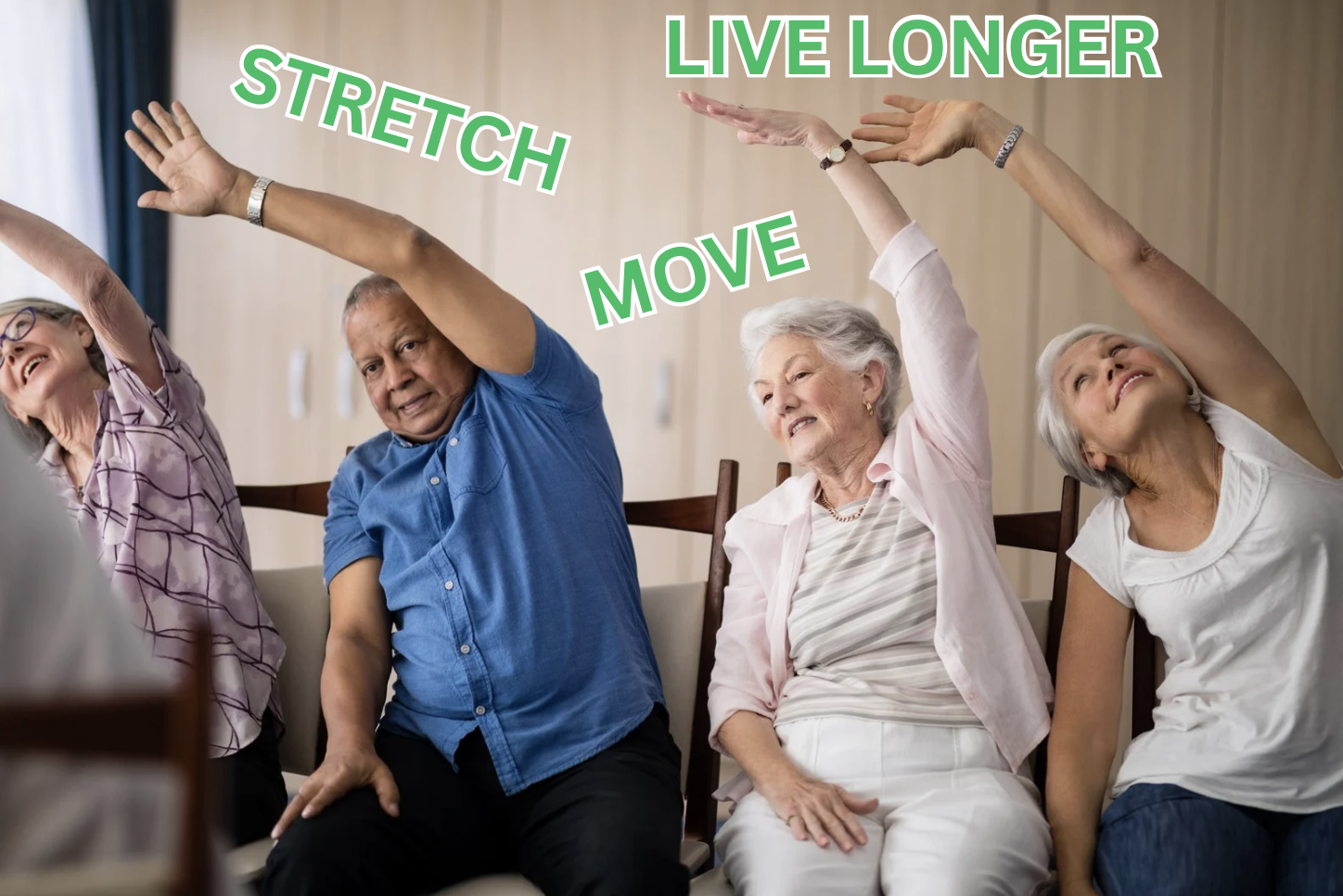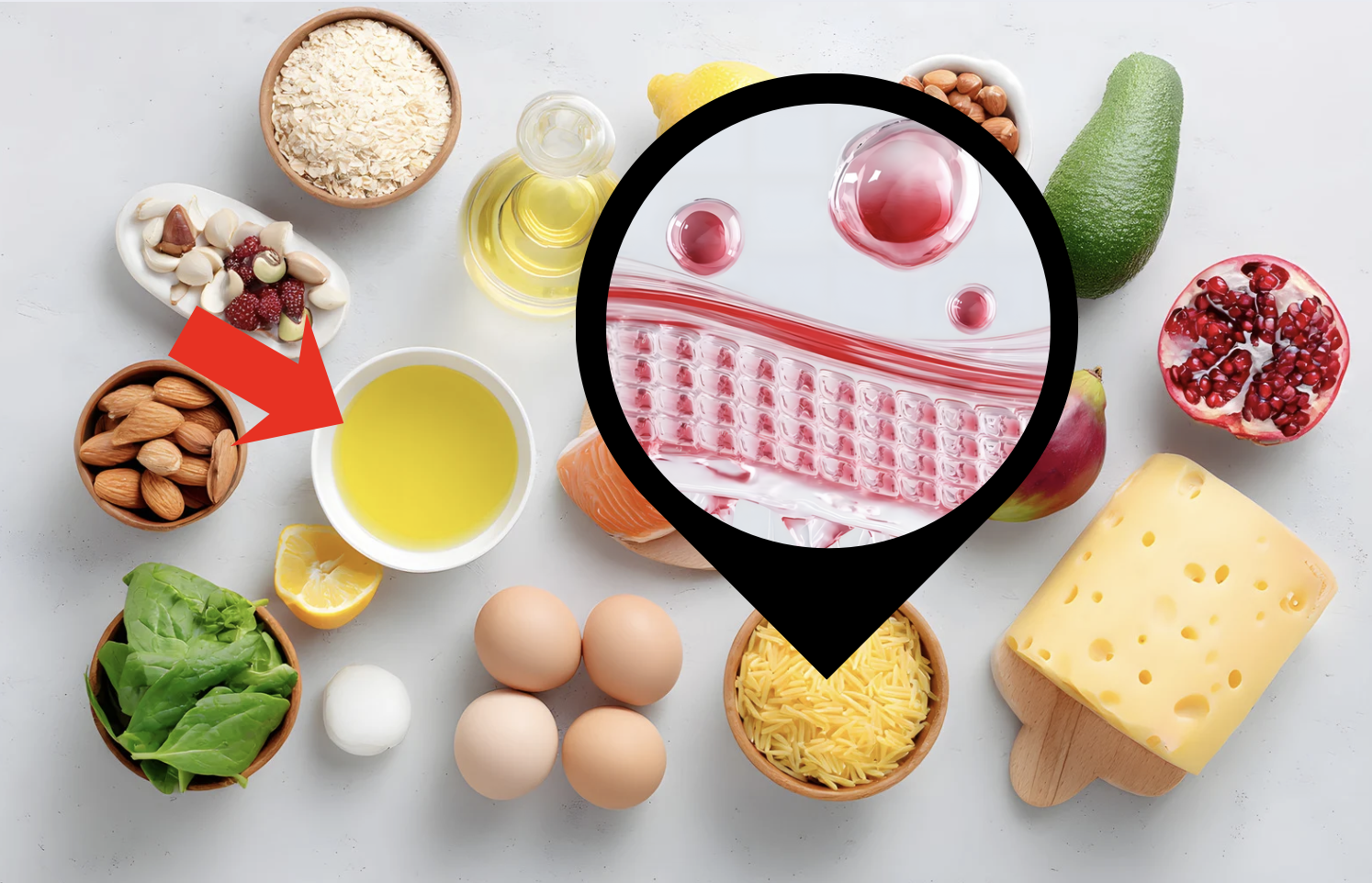Many people confuse spider veins and varicose veins or use the terms interchangeably. While both involve visible blood vessels and can appear on the legs, they are quite different in their appearance, symptoms, and impact on health.
Understanding these differences is key for anyone looking to support their circulatory health—especially as we age. Though typically not life-threatening, these conditions can affect your comfort, confidence, and overall well-being.
In this blog, we’ll break down the essential facts about spider veins and varicose veins, highlighting what sets them apart, what causes them, and what you can do to manage or prevent them.
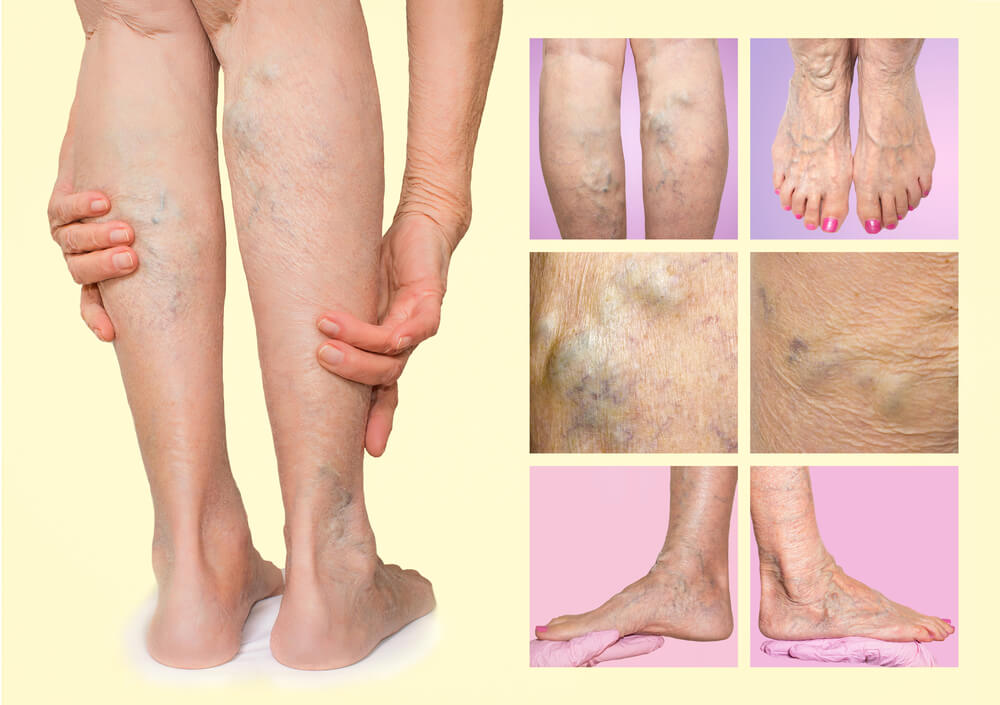
What Are Spider Veins?
Spider veins [1] are small, thin veins that appear close to the surface of the skin. They often look like red, blue, or purple webs and are most common on the legs and face. While usually painless and harmless, they can occasionally cause mild itching or burning.
Factors that increase the risk of spider veins include hormonal changes, genetics, prolonged standing or sitting, and sun exposure. While often a cosmetic concern, they may indicate minor venous issues.
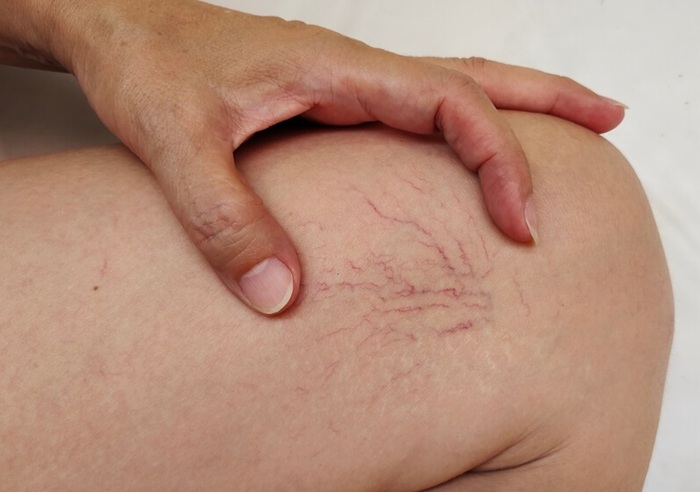
What Are Varicose Veins?
Varicose veins [2] are larger, twisted, and bulging veins that are often blue or dark purple. They typically appear on the legs and are caused by malfunctioning valves in the veins that allow blood to pool.
Symptoms may include aching, heaviness, swelling, and throbbing. In more serious cases, varicose veins can lead to skin discoloration, ulcers, or even blood clots [3].
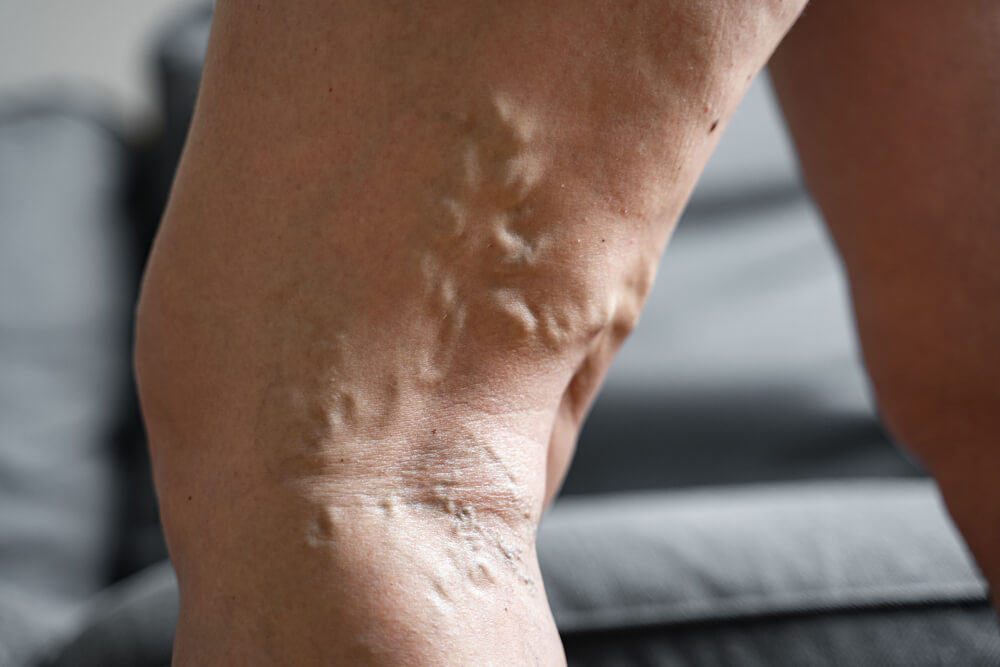
Similarities & Differences
Both conditions stem from venous insufficiency and share common risk factors such as age, obesity, sedentary lifestyle, and pregnancy [4].
- Spider veins: Small, near the skin’s surface, usually painless
- Varicose veins: Large, deep, often painful or uncomfortable
Managing & Treating Spider and Varicose Veins
Fortunately, several treatments and preventive strategies can help manage these vein issues:
- Lifestyle Changes: Regular exercise, maintaining a healthy weight, elevating your legs, and avoiding long periods of standing or sitting can promote better circulation.
- Sclerotherapy & Laser Therapy: Minimally invasive options that target affected veins with injections or light energy to reduce their appearance.
- Surgical Options: In severe cases, surgical procedures like vein ligation or removal may be required.
Targeted Vein Support
In addition to clinical treatments, many people turn to nutritional support to help maintain healthy veins. Botanicals like Horse Chestnut, Citrus flavonoids, Rutin, and Butcher’s Broom have long been studied for their potential to support vein tone and promote healthy circulation.
Horse Chestnut and Butcher’s Broom are known to help reduce swelling and promote comfort, while Rutin and Citrus bioflavonoids (like Hesperidin and Diosmin) help reinforce vein walls and support healthy blood flow. This combination is designed to relieve occasional leg discomfort, reduce the appearance of visible veins, and help maintain proper vein function over time.
Final Thoughts
Recognizing the difference between spider veins and varicose veins is essential for choosing the right path to treatment. Early action—whether through lifestyle, medical intervention, or natural supplementation—can make a big difference in your comfort and circulation.
And remember, it’s always best to consult a healthcare provider for personalized advice, especially if you’re experiencing pain, swelling, or visible changes in your veins.
References:
- Sandean, D. P. (2023, July 4). Spider Veins. StatPearls – NCBI Bookshelf. https://www.ncbi.nlm.nih.gov/books/NBK563218/
- National Institute of Health. (2021). Varicose Veins. National Institute of Health. https://www.nhlbi.nih.gov/health-topics/varicose-veins
- Varicose veins – Symptoms and causes – Mayo Clinic. (2022b, March 3). Mayo Clinic. https://www.mayoclinic.org/diseases-conditions/varicose-veins/symptoms-causes/syc-20350643#:~:text=When%20painful%20signs%20and%20symptoms,standing%20for%20a%20long%20time
- Vein Treatment Center. (n.d.). What Are the Similarities and Differences Between Spider and Varicose Veins? https://www.bestveintreatment.com/post/what-are-the-similarities-and-differences-between-spider-and-varicose-veins



